Buy the photo Former Berlin-Tempelhof Airport by Silva Wischeropp on canvas, ArtFrame, poster and wallpaper, printed on demand in high quality.
About "Former Berlin-Tempelhof Airport"
by Silva Wischeropp
About the artwork
Once planned as Europe's largest air hub, the disused Tempelhof Airport in southern Berlin, with its monumental buildings and open tarmac, is now finding a new purpose. Berliners love the open space that has been transformed into a park.
Once planned as Europe's largest air hub, Tempelhof Airport is now quietly finding a new purpose. For only birds, pollen and flying kites still fly here: Berlin's tradition-steeped Tempelhof Airport was closed as an airport in 2008. The outer grounds have become an inner-city park, and the listed airport building is used for major events and trade fairs. It is no exaggeration to say that Tempelhof Airport was once world-famous. Built by the Nazis on a monumental scale between 1936-1941, the inner-city airport saved the lives of Berliners just a few years later. Germany had lost the Second World War, and the victorious powers divided Berlin into different occupation zones. From 24 June 1948 to 12 May 1949, the Soviet occupation blocked all road and rail connections from the western occupation zones to West Berlin. During this Berlin blockade, the Western Allies supplied the city's inhabitants by air - and they mostly landed at Tempelhof Airport.
With the end of air traffic at Tempelhof, Berlin regained a large inner-city open space and one of the largest buildings in the world in a central location. Today you can take beautiful walks on the former tarmac. Tempelhofer Feld has become an exciting park. The expanse is impressive, the horizon distant, and it is easy to understand why the site is now called Tempelhofer Freiheit.
Today, popular trade fairs and large music events are regularly held in the listed airport building.

About Silva Wischeropp
"For me, photography feels like really capturing the moment - like a kind of alchemy where time is physically captured."
Silva Wischeropp was born in the Hanseatic city of Wismar in the former GDR. Today she lives and works in Berlin. As a passionate travel..
Read more…
 Germany
Germany Ordered in January 2023
Ordered in January 2023
 Netherlands
Netherlands Ordered in February 2021
Ordered in February 2021
 Germany
Germany Ordered in August 2023
Ordered in August 2023
 Netherlands
Netherlands Ordered in April 2022
Ordered in April 2022
 Netherlands
Netherlands Ordered in November 2019
Ordered in November 2019
 Netherlands
Netherlands Ordered in April 2021
Ordered in April 2021
 Germany
Germany Ordered in September 2019
Ordered in September 2019
 Germany
Germany Ordered in March 2023
Ordered in March 2023
 Germany
Germany Ordered in November 2024
Ordered in November 2024
 Netherlands
Netherlands Ordered in October 2019
Ordered in October 2019
 Germany
Germany Ordered in August 2021
Ordered in August 2021
 Germany
Germany Ordered in March 2019
Ordered in March 2019
About the material
ArtFrame™
Interchangeable Art Prints
- High-quality print
- Easily interchangeable
- Acoustic function
- Large sizes available
Discover the artworks of Silva Wischeropp
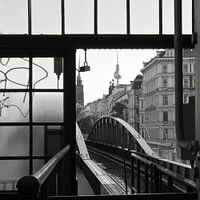 Underground station of the U2 line - special train to PankowSilva Wischeropp
Underground station of the U2 line - special train to PankowSilva Wischeropp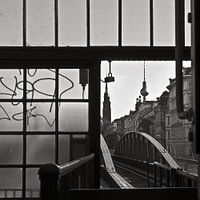 Berlin underground station Eberswalder Strasse of line U2Silva Wischeropp
Berlin underground station Eberswalder Strasse of line U2Silva Wischeropp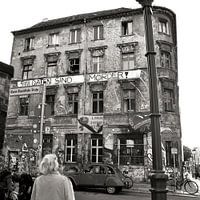 Old, squatted house in the Scheunenviertel district of Berlin-MitteSilva Wischeropp
Old, squatted house in the Scheunenviertel district of Berlin-MitteSilva Wischeropp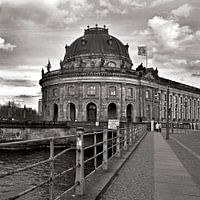 Bode Museum on Museum Island in BerlinSilva Wischeropp
Bode Museum on Museum Island in BerlinSilva Wischeropp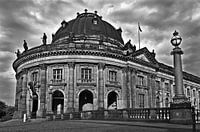 BODE-MUSEUM on the Museum Island (Berlin)Silva Wischeropp
BODE-MUSEUM on the Museum Island (Berlin)Silva Wischeropp The Trevi Fountain - Fontana di TREVI in RomeSilva Wischeropp
The Trevi Fountain - Fontana di TREVI in RomeSilva Wischeropp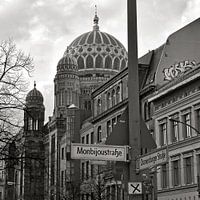 New Synagogue (Berlin) in the Mitte districtSilva Wischeropp
New Synagogue (Berlin) in the Mitte districtSilva Wischeropp Sculpture of an angel in the St. Elisabeth cemeterySilva Wischeropp
Sculpture of an angel in the St. Elisabeth cemeterySilva Wischeropp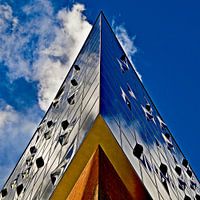 When music touches the skySilva Wischeropp
When music touches the skySilva Wischeropp Underground station of the U2 line - Berlin-Pankow(East Berlin)Silva Wischeropp
Underground station of the U2 line - Berlin-Pankow(East Berlin)Silva Wischeropp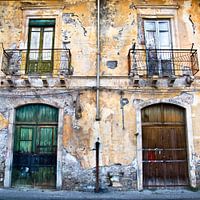 Mysterious, Sicilian facadeSilva Wischeropp
Mysterious, Sicilian facadeSilva Wischeropp Banana leaves in the warm autumn lightSilva Wischeropp
Banana leaves in the warm autumn lightSilva Wischeropp Magical rainbow at the OderbruchSilva Wischeropp
Magical rainbow at the OderbruchSilva Wischeropp Magic Sicilian Sea SoundSilva Wischeropp
Magic Sicilian Sea SoundSilva Wischeropp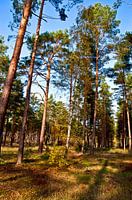 Pines in the autumnal October lightSilva Wischeropp
Pines in the autumnal October lightSilva Wischeropp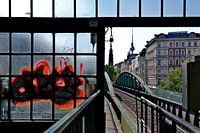 Popular underground station on the U2 line on Eberswalde StrasseSilva Wischeropp
Popular underground station on the U2 line on Eberswalde StrasseSilva Wischeropp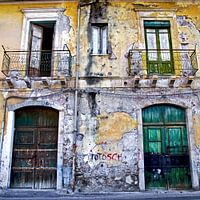 Once upon a time in Taormina on the island of SicilySilva Wischeropp
Once upon a time in Taormina on the island of SicilySilva Wischeropp Imaginative sand dunes at Henne Strand in JutlandSilva Wischeropp
Imaginative sand dunes at Henne Strand in JutlandSilva Wischeropp Women bathing on the beach at Nha Trang in VietnamSilva Wischeropp
Women bathing on the beach at Nha Trang in VietnamSilva Wischeropp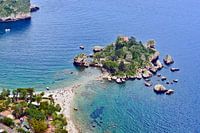 Paradise Isola Bella on the east coast of SicilySilva Wischeropp
Paradise Isola Bella on the east coast of SicilySilva Wischeropp





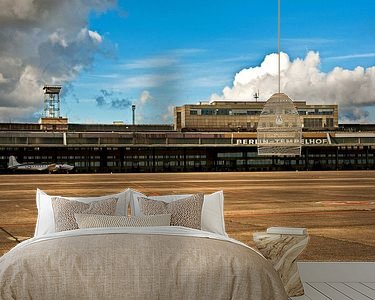







 Abandoned places
Abandoned places Aeroplanes
Aeroplanes Architecture
Architecture Berlin
Berlin Nostalgic Memories
Nostalgic Memories Photo wallpaper
Photo wallpaper Photography
Photography Serene Peace
Serene Peace West Berlin
West Berlin









